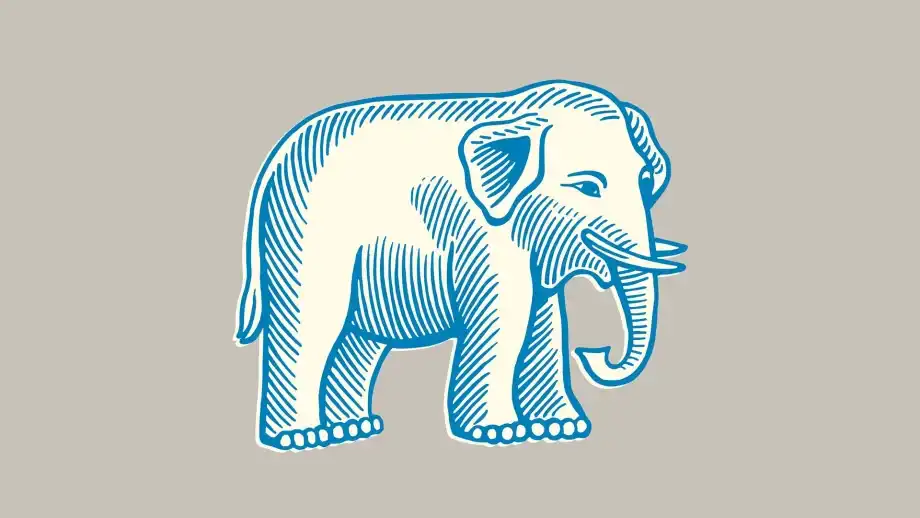We’re not going to have a 200-pound person directing a 4-ton elephant to do anything.
Leading a team can be a lot of work, and for many business owners and leaders their first real experience leading a team is when they start their own businesses. This is why it’s imperative that you take the time and energy to hone your management skills along the way to help your business grow and thrive.
Today I want to share with you the theory of the elephant and the rider and discuss how you can use this idea to become a more in-tune manager with your team.
The Happiness Hypothesis
Psychologist Jonathan Haidt has authored several books over the years, but one of my favorites is The Happiness Hypothesis. And in that book the author came up with a theory called “the elephant and the rider” which can be applied to modern management strategies.
He said that all of us have multiple parts of our brain, the first of which is the “rider”, which is what you would consider your higher brain. This is the hyperrational part of our brain where most of our cognition is observed, and where we develop awareness or self-awareness.
When we talk about your brain in day-to-day conversation, this is the part of the brain that we are referring to. On the other end of the spectrum we have the part of our brain that is the “elephant.” Now the elephant stands for our limbic system or mammalian brain.
This is the part of us that is emotional and oftentimes irrational.
It’s a part of us that deals with certain primal drives like sex, food and power. And evolutionary-wise, this is the first part of humans that develop. And one that ultimately has a huge impact on our day-to-day lives, whether we want to admit it or not.

Managing the Elephant and the Rider
How does this relate to management you ask? When in a rhythm the elephant and the rider can go long distances and get a lot accomplished. But if they aren’t on the same page, little if anything will get accomplished.
The rider can influence, cajole, bribe, threaten, and even train the elephant but ultimately, if our limbic system decides that it has other more important things to attend to, the driver is out of luck. We’re not going to have a 200-pound person directing a 4-ton elephant to go somewhere the elephant doesn’t really want to go.
And so when we think about it this way, the key to managing the elephant is to harness our limbic system every single day.
If you manage with emotion, using storytelling, metaphors and community the elephant will be more willing to go with the driver to their end goal. And they need ongoing action with regular, reliable, and consistent feedback.
Putting It Together
In summary, just telling your team to do a certain task won’t be nearly as effective as getting them emotionally engaged and invested in the end goal for that project or task. So, try to incorporate both for optimal effect. Good luck!
Source: Inc.Africa



















